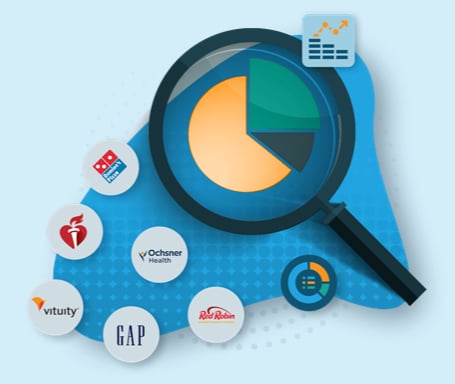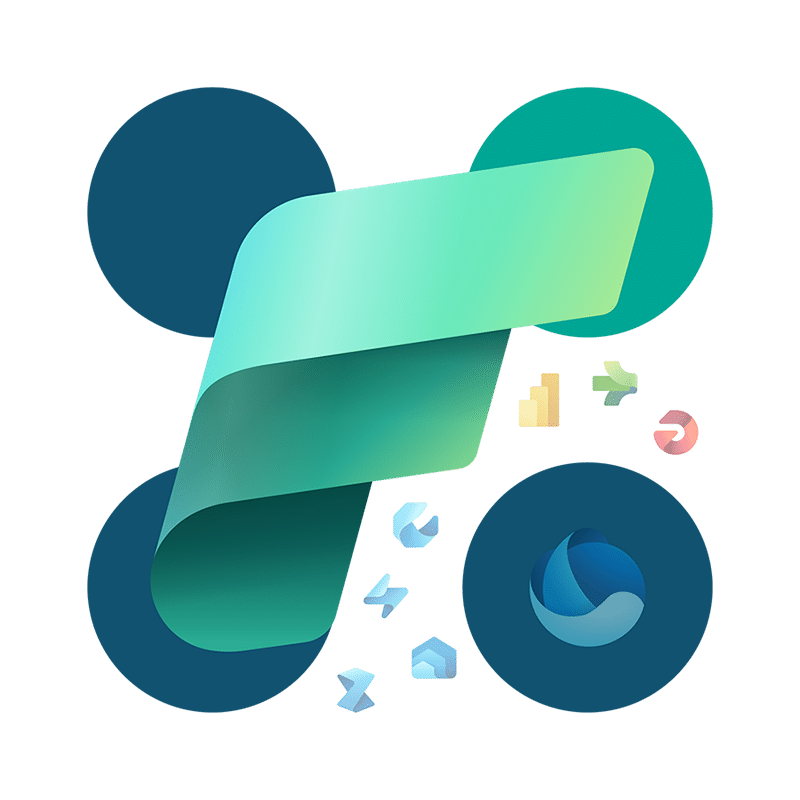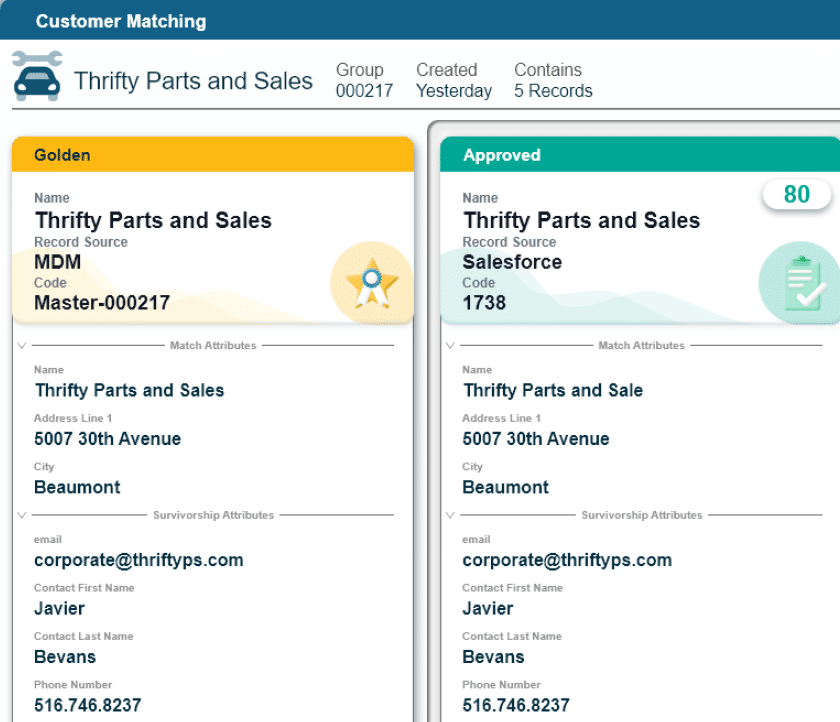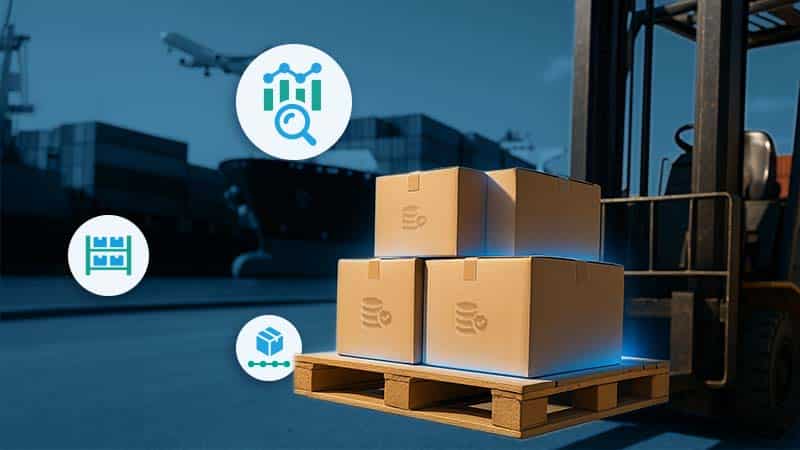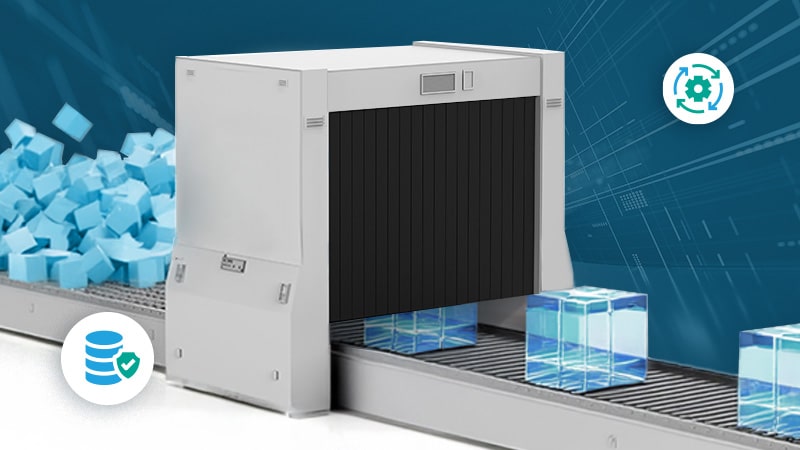Key Takeaways
Data governance and IT governance work together to support business objectives.
Data governance lives under the umbrella of IT governance.
Data governance manages data at the most basic, table-and-field level, while IT governance considers the implementation and use of technology across the organization.
Governance may sound far-reaching and nebulous, but it really refers to the processes, people, technology and rules that structure how information moves across the enterprise. Understanding how data governance and IT (or technical) governance work together supports a technology department that systematically works toward strategic business objectives. When they work together, these governance tools can drive efficiency, innovation and revenue growth for every department.
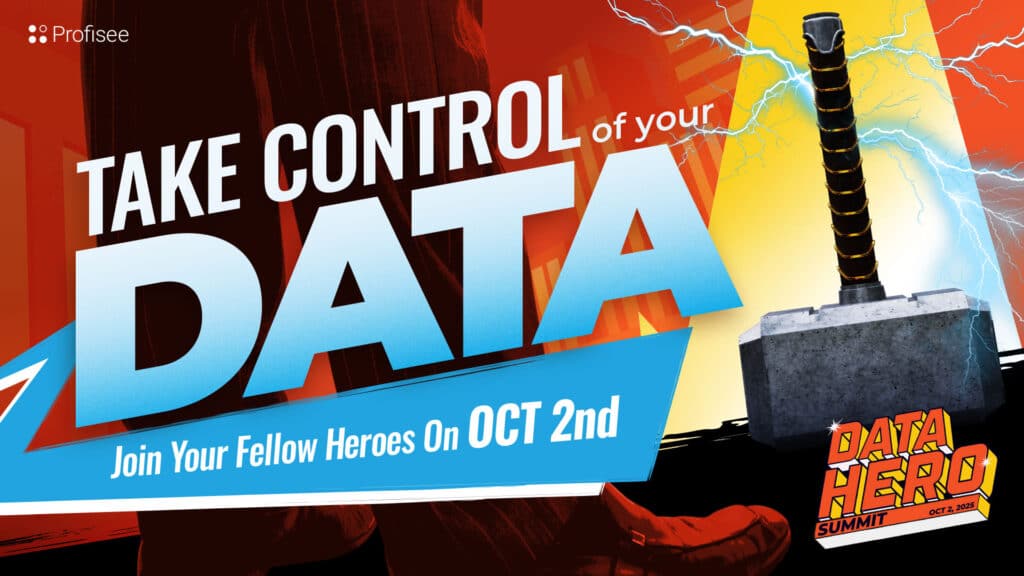
The 2025 Data Hero Summit
What Is Data Governance?
Data governance ensures the secure and reliable collection, storage, and usage of data across an organization through technology, people and processes. This concept helps enterprise companies understand its data and use it to achieve desired business outcomes.
What Is IT/Technical Governance?
IT governance, also known as technical governance, provides technical oversight, implementation, security and usage within an organization. Companies use IT governance to align all technology use within the company to business objectives. IT governance touches all technology used by the company, including third party systems and bring your own device (BYOD) setups
Data Governance vs. IT Governance
Data governance and IT governance contribute to many of the same business objectives, and data governance works as a subset of IT governance. Data governance specializes in the secure collection, distribution and use of data within the enterprise, making it focused on the minutiae of individual data points.
For example, a key component of data governance is reference data management, which involves standardizing and maintaining consistent values for fields like country codes, product categories or industry classifications. This ensures data interoperability across systems and departments.
IT governance encompasses all technology that produces, stores and uses data and information across the enterprise. While it includes data governance, IT governance must ensure the company complies with regulations outside of data privacy and usage and concerns how efficiently the company uses all its technology.
| Data Governance | IT Governance | |
|---|---|---|
| Stakeholders | Data stewards, IT admins, database admins, data analytics professionals | IT practitioners and admins, departmental representatives |
| Activities | Data cleansing, data deduplication, master data management (MDM) | Technology implementation, technology security, technology audits and resource control |
| Objectives | Ensure usable, reliable and unique data across the organization | Ensure access to and efficient use of technology resources across the enterprise |
Examples of Data Governance vs. IT Governance
Now that you have a basic understanding of the differences between data and IT governance, let’s look at some examples of each of these in action.
Data Governance Examples
Data governance works with the lowest level of data — the tables, properties and fields — and the next-level rules and processes that keep that data running smoothly between systems.
Customer data
When sharing customer data between customer relationship management software, quotes and shipping tools, special attention needs to be paid to the format of each of the fields, like whether a phone number should include hyphens or parentheses. Data governance dictates field-level practices, often within a master data management solution and provides guidelines on the safety protocols needed to keep that information secure in terms of GDPR or CCPA, including role-based access and deletion processes.
Location data management
Another example is location data management, which ensures that geographic data — like addresses or geocoordinates — is standardized and validated across systems. This is critical when syncing records between systems like a CRM and shipping tool, where inconsistent location data can cause delivery delays or compliance issues.
Retiring inactive accounts
Data governance sets the rules for when an account becomes inactive — for example six months following the last purchase. Data governance also dictates how that inactive account is labelled, where it’s stored in the account archive and when the account data should be deleted according to local and federal regulations.
IT Governance Examples
IT governance works with the high-level execution and implementation of technology across the enterprise, ensuring that the systems work efficiently and contribute to business goals.
Implementation of new ERP system
During an acquisition, the parent company decides that they need to update their ERP software to effectively integrate the new company’s customers, vendors and products to perform entity resolution. IT governance would guide the research investigation into the new tool’s needs and the implementation and change management required to get that new ERP system in place as quickly and efficiently as possible.
The goal of an IT governance project in this example would be to find and onboard a system that meets the team’s needs within the projected budget to improve overall revenue in addition to other business goals.
Updating a bring your own device policy
When updating the bring your own device (BYOD) policy, IT governance will seek to understand how many employees already bring their own devices, what work they currently do on those devices and the security of their current systems before deciding what the future state of the policy looks like. There may be some policy changes that include data governance techniques, but the larger systemic decisions and follow-through falls under IT governance.
Why You Should Use Both IT and Data Governance
Data governance puts the processes and rules that keep data usable in place, and those processes and rules roll up to the larger objectives of IT governance in its support of business objectives.
Data governance without IT governance may result in data corruption or insecurity caused by daily use of that data in an unregulated technology environment. Similarly, IT governance without data governance would provide a framework for safe and effective technology use without the detailed processes that keep data reliable and usable.
These two governance systems should work together with executive leadership oversight to cover the company’s technology strategy at all levels.
IT Governance Best Practices
Keep these best practices in mind when building IT governance policies.
- Start with business objectives: The whole point of IT governance is to ensure that technology supports business strategy, so define top-level business objectives first.
- Communicate with stakeholders: IT supports every part of the business, so input from every department must contribute to the governance systems.
- Maintain regulatory compliance: Regulatory compliance may not feel efficient in the short term, but it saves on fines and heartache in the long term. Pay special attention to regulatory requirements and build those into the governance.
- Document everything: A process that lives in the mind of a single contributor is just a hope. Document all processes, rules and changes in a reference system.
- Alleviate manual work with tech: Today’s automations within MDM software and IT support platforms can significantly reduce the mistakes and toil of manual processes.
- Audit regularly: A process ignored can quickly go off the rails, so schedule regular audits of governance processes and follow-through.
Accountability and governance support is everyone’s job and keeps the company free of regulatory fines while also improving efficiencies. Pose governance changes as positives and hype up the benefits of a well-documented, compliant and well-governed IT environment.
Guide: The What, Why and How of Data Governance

Tamara Scott
Tamara Scott is a writer, editor and content strategist with over a decade of experience located in Nashville, TN. Tamara holds a Master's in English from Belmont University, formerly served as Director of Content for TechRepublic, and her work has appeared in ServerWatch and EPI-USE.com, among others. When she's not crafting SEO-informed and conversion-ready content for SaaS and IT service companies, she's probably at home on her pottery wheel. Connect with her on LinkedIn.
